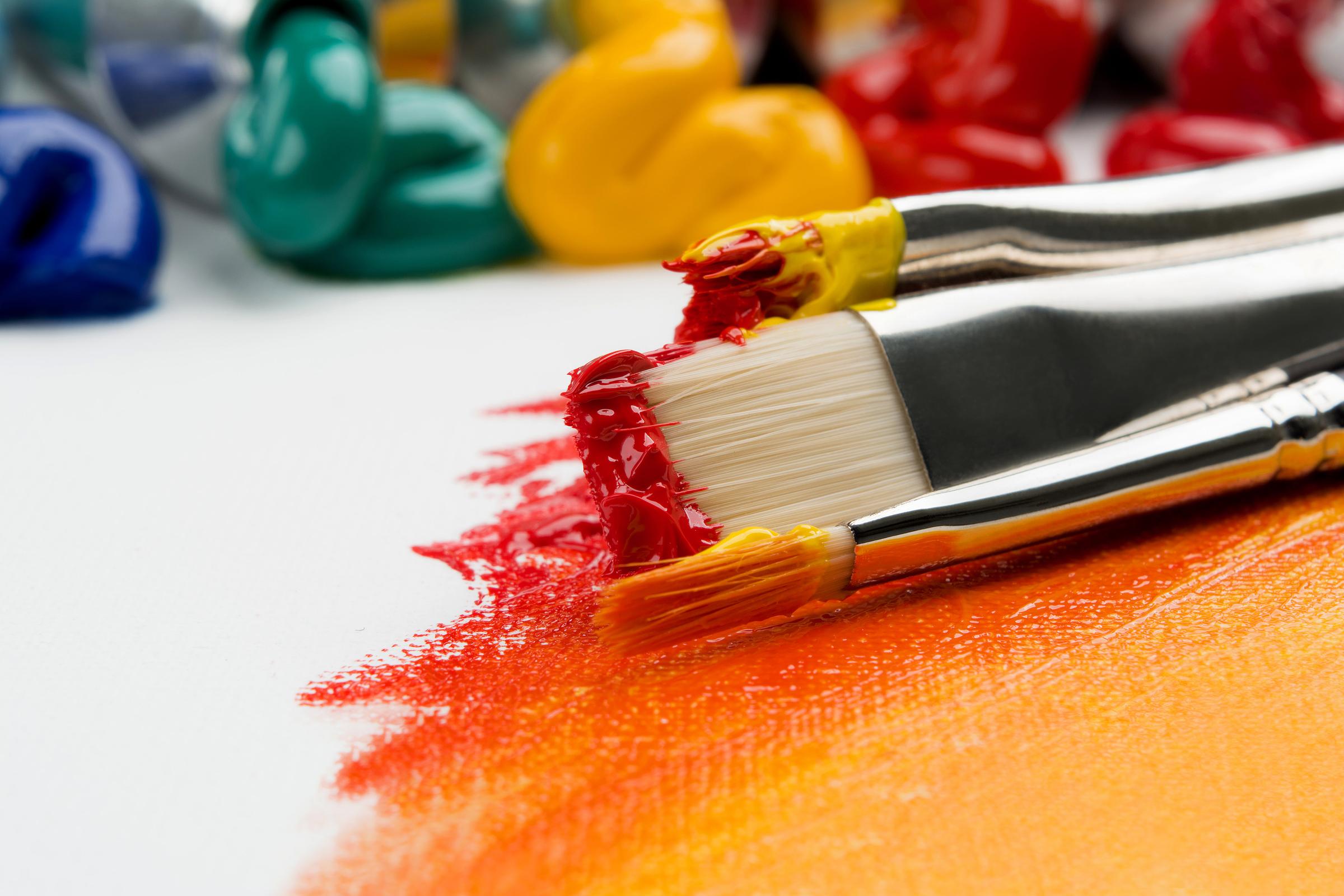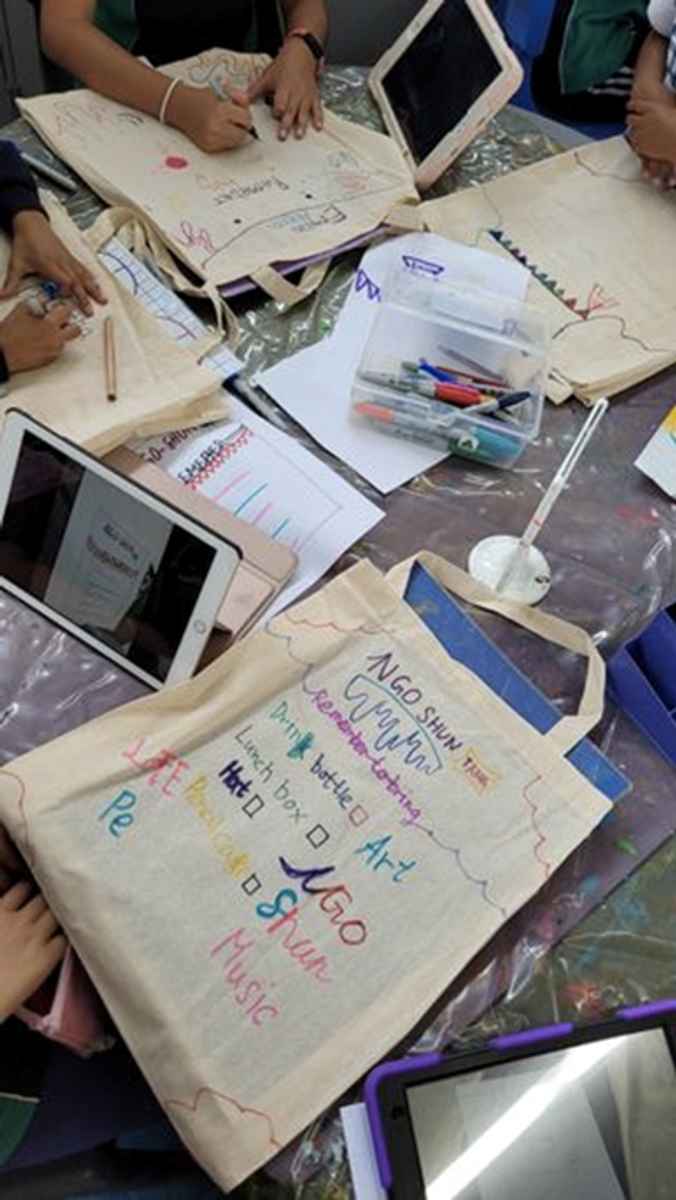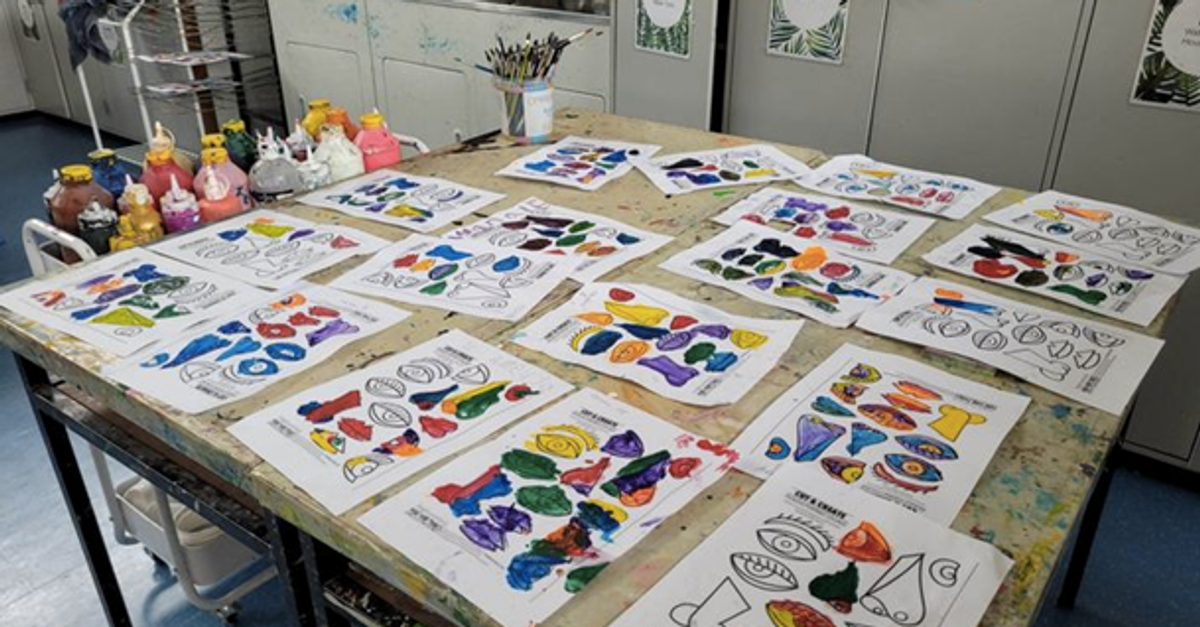Visual Art

This term, year levels will be exploring a range of materials and techniques, such as sculpting, painting, drawing and collaging. Students in Prep will engage in artistic expression through the use of diverse materials and methods. They will be taught to develop their own original artworks by incorporating personal experiences, concepts and drawing inspiration from existing pieces of art and literature.
Greetings families, I hope your time spent together with your family over the summer break has been fulfilling and has provided you with memories to last a lifetime. It’s time to embark on another journey of exceptional art education. This term, year levels will be exploring a range of materials and techniques, such as sculpting, painting, drawing and collaging. I eagerly look forward to an exciting and imaginative art period ahead.
Prep:
Students in Prep will engage in artistic expression through the use of diverse materials and methods. They will be taught to develop their own original artworks by incorporating personal experiences, concepts, and drawing inspiration from existing pieces of art and literature. Students will specifically use inspiration from Karl Rowland’s picture story book, ‘The Dreamy Wish of a JellyFish’.
Year 1:
This term, students will study the work of Pablo Picasso and the cubism art movement and create their own Picasso-inspired mixed media portrait. They will hone their skills in painting by applying careful brush strokes and mixing colour. Students will also be refining their cutting skills and using art elements of line, shape and colour creatively to reflect Picasso’s artistic style.
Year 2:
This term, the students will delve into the world of clay, studying different techniques, specifically how to create a slab and use sculpting tools creatively and safely.
They will put their newfound skills to the test by creating a clay flower or leaf bowl. Additionally, they will develop their painting skills by mixing colours and applying careful brushstrokes techniques to a three-dimensional surface.
Year 3:
Students in Year Three, will develop a greater understanding of the fundamental art elements by analysing, studying and applying their new knowledge of art elements to a drawing piece. Students will learn to use a variety of drawing materials and techniques, creating a range of effects to capture the five art elements of line, texture, shape, tone and colour. Students will also learn the importance of understanding how to identify and analyse art elements in artworks.
Year 4:
At the beginning of the term, the Year Four students will be designing specialist bags. With the remainder of the term, students will be gaining a deeper understanding of ceramic techniques, especially layering with clay. They will study the surrealism movement by looking at surrealist artists as inspiration and will develop their own artistic surrealist fish out of clay.
Year 5:
The focus for this term will be honing painting skills, with a large landscape canvas painting project at the forefront. Students will use art tutorials to expand their knowledge of blending and colour mixing to create various shades, tints and tones, and will use a variety of different brush stroke techniques appropriately. They will develop problem-solving skills by overcoming challenges that arise during the process.
Year 6:
Students in Year Six will learn how to design and create ceramic pieces, using hand-building techniques to bring their design to life. They will study a range of techniques including, creating a slab, making a pinch pot, using the slip and score technique and coil method. Additionally, students will learn how to apply considered painting techniques.
How can you support your child’s art learning at home?
- Draw, draw and draw! Drawing is the foundational skill in planning and/or creating artworks. Practise drawing and sketching from different subjects (landscapes, still life objects, portraits etc) and learn from references (taking images or studying objects in real life).
- Learn new skills from tutorials, videos and books that demonstrate a step by step method.
- Encourage your child to read and look at other artworks to give an opportunity to analyse and interpret meanings of artworks. You may ask questions such as, “What do you see?” What colours, lines and textures do you see?” “What is happening?”. This will help build your child's visual literacy.




